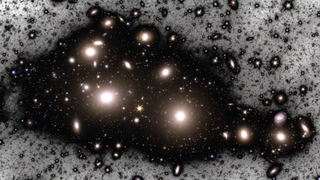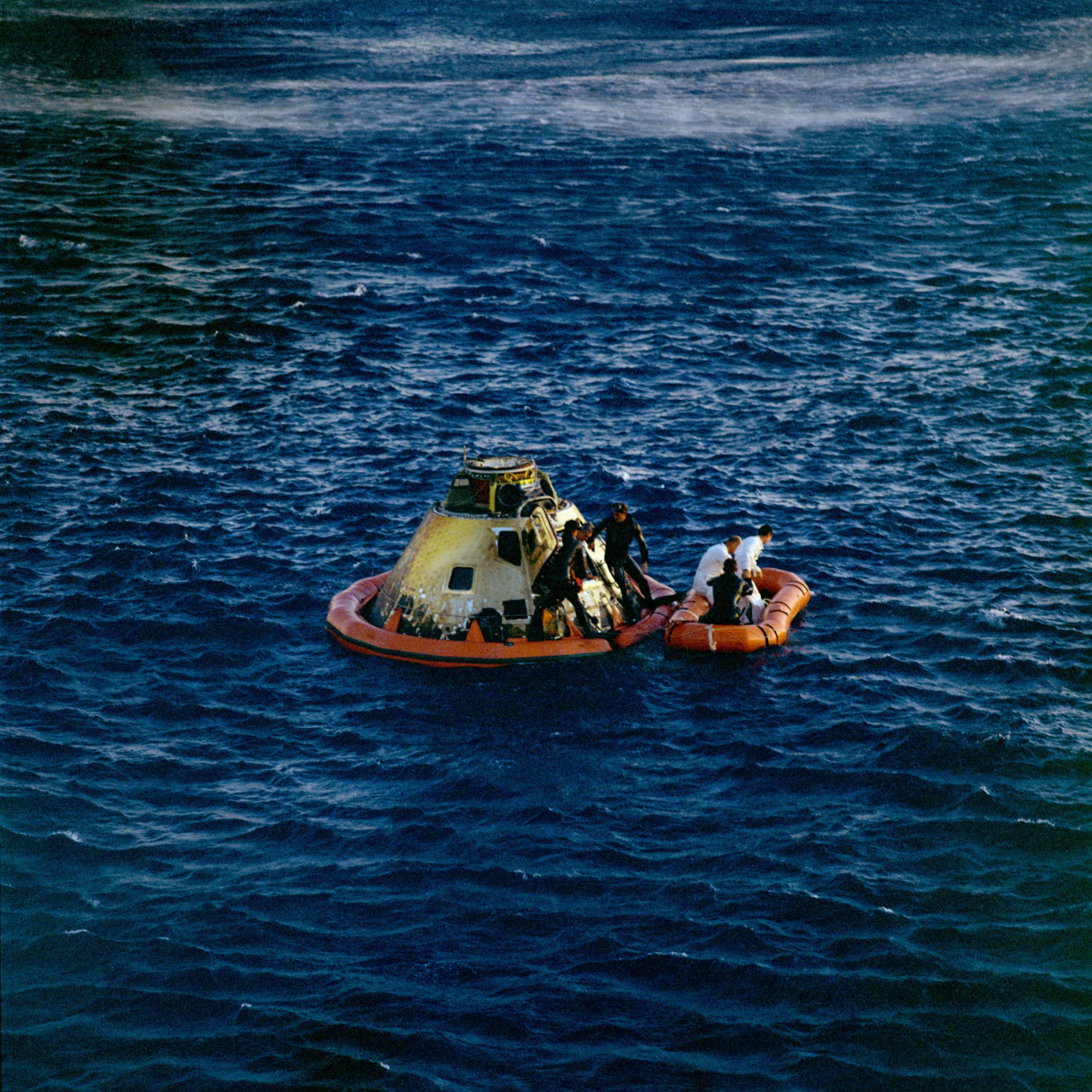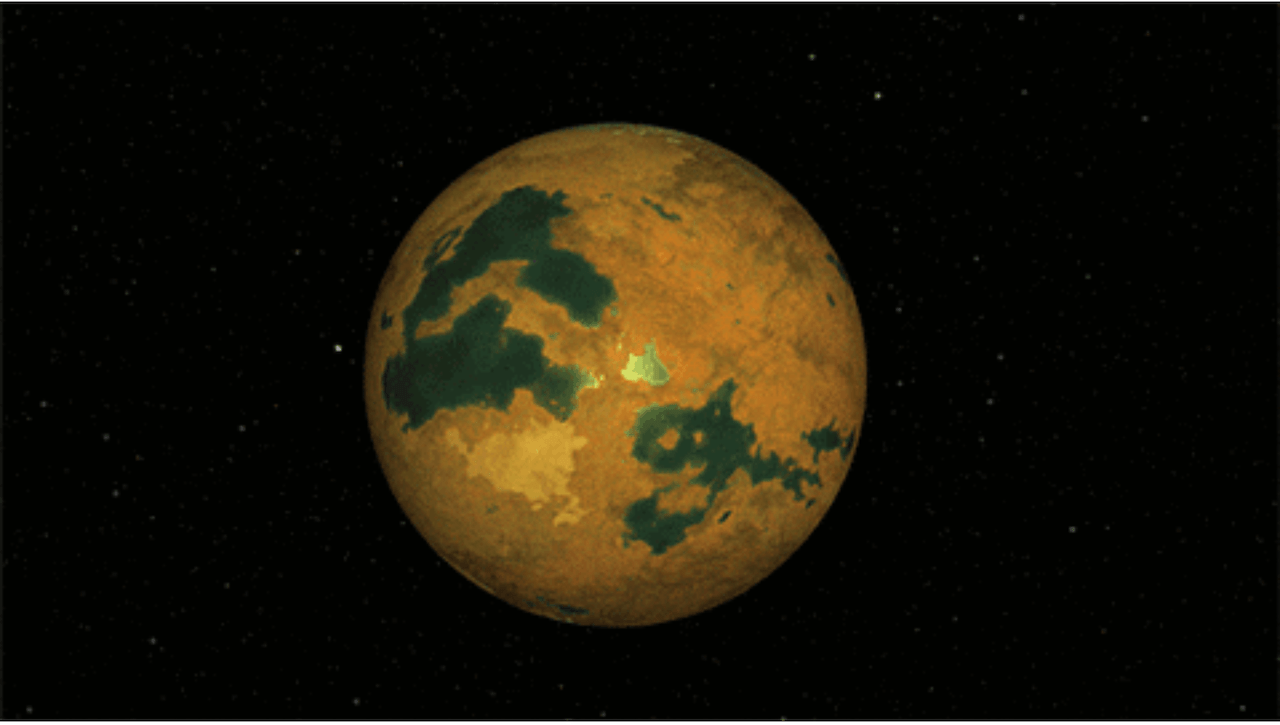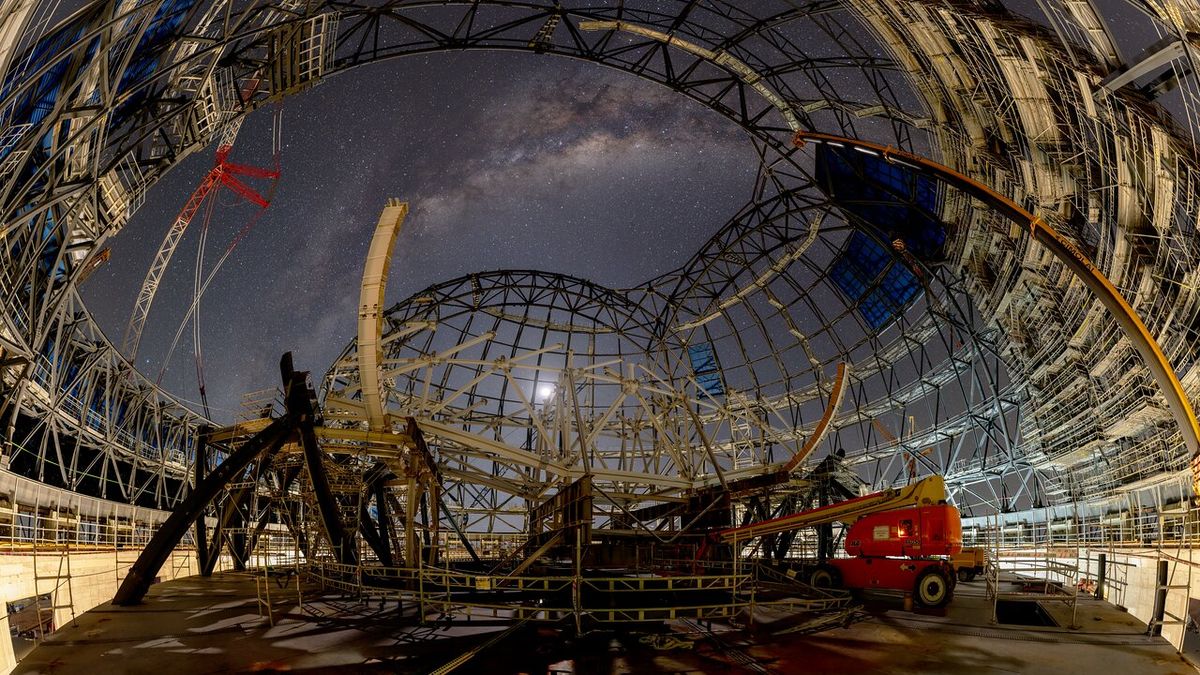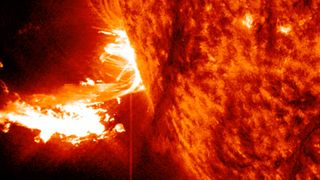2 min read Preparations for Next Moonwalk Simulations Underway (and Underwater) To foster growth in Maryland’s aerospace industry, the state’s Department of Commerce signed a Memorandum of Understanding with NASA at the agency’s Goddard Space Flight Center in Greenbelt Wednesday, May 28, 2024. Center Director Dr. Makenzie Lystrup, Secretary of the Maryland Department of Commerce Kevin Anderson signed a Memorandum of Understanding with Maryland’s Department of Commerce at NASA’s Goddard Space Flight Center in Greenbelt Wednesday, May 28, 2024. NASA/Brian Gabourel The agreement commits the two organizations to develop the…
Read MoreMonth: May 2024
Euclid space telescope finds 1.5 trillion orphan stars wandering the Perseus cluster (images)
Using the Euclid space telescope, scientists have discovered a staggering 1.5 trillion orphan stars drifting through a massive cluster of thousands of galaxies, one of the largest structures in the cosmos. These orphan stars, ripped free from their own galaxies, are filling the space between the galaxies of the Perseus cluster with ghostly blue light. This so-called “intracluster” light is so faint that it is many thousands of times darker than the night sky over Earth. By observing this intracluster light in the Perseus cluster, which is located 240 million…
Read MoreBejeweled galaxy of ‘Bernice’s Hair’ sparkles in new Hubble Telescope photo
A bejeweled galaxy shines brightly in a stunning new photo from the Hubble Space Telescope. The nearby spiral galaxy, formally known as NGC 4689, lies only 54 million light-years from Earth. It is located in the constellation Coma Berenices, which means “Berenice’s Hair” in Latin and refers to Queen Berenice II of Egypt. As such, NGC 4689 swirls through the Queen’s sparkling strands. And that name once had a literal meaning. “Some people of Berenice’s time would have meant this quite literally, as the story goes that her court astronomer…
Read MoreIs it time to put a dimmer on the push for space solar power?
The thought of beaming power to an energy-hungry Earth from space has long been studied. It was first proposed over 80 years ago in science fiction. “It was quiet in the officer’s room of Solar Station #5 – except for the soft purring of the mighty Beam Director somewhere far below,” wrote renowned author Isaac Asimov in his April 1941 story “Reason” appearing in the magazine “Astounding Science Fiction.” Asimov had his characters tending a solar energy collection station in space that routed energy rays to receivers on Earth, as…
Read MoreApollo 10 Ends Successfully
NASA Astronaut Eugene A. Cernan, lunar module pilot for the Apollo 10 mission, exits the spacecraft during recovery operations on May 26, 1969. He and the other two crew members already in the raft, Thomas P. Stafford (left) and John W. Young, were brought to the prime recovery ship, USS Princeton after splashdown. The Apollo 10 mission was the first flight of a complete, crewed Apollo spacecraft to operate around the Moon. It encompassed all aspects of an actual crewed lunar landing, except the landing. See more photos from the…
Read MoreEarth Science Information Partners Celebrate 25 Years of Collaboration
Earth Observer Earth and Climate Earth Observer Home Editor’s Corner Feature Articles News In Memoriams Science in the News More Meeting Summaries Archives 13 min read Earth Science Information Partners Celebrate 25 Years of Collaboration Allison Mills, Earth Science Information Partners, allisonmills@esipfed.orgSusan Shingledecker, Earth Science Information Partners, susanshingledecker@esipfed.org Photo 1. Photo of some of the in-person participants of the July 2023 ESIP Meeting. ESIP celebrated its twenty-fifth anniversary in 2023. Founded as a knowledge sharing space, the nonprofit has grown as a collaborative data hub. Photo credit: Homer Horowitz/ Homer…
Read MoreDiscovery Alert: Spock’s Home Planet Goes ‘Poof’
Artist’s concept of a previously proposed possible planet, HD 26965 b – often compared to the fictional “Vulcan” in the Star Trek universe. Credit: JPL-Caltech The discovery A planet thought to orbit the star 40 Eridani A – host to Mr. Spock’s fictional home planet, Vulcan, in the “Star Trek” universe – is really a kind of astronomical illusion caused by the pulses and jitters of the star itself, a new study shows. Key facts The possible detection of a planet orbiting a star that Star Trek made famous drew…
Read MoreNASA to Provide Coverage of Progress 88 Launch, Space Station Docking
The Progress 85 cargo craft is seen shortly after undocking from International Space Station on Feb. 12 as it was orbiting 260 miles above the Pacific Ocean. NASA will provide live launch and docking coverage of a Roscosmos cargo spacecraft carrying about three tons of food, fuel, and supplies for the Expedition 71 crew aboard the International Space Station. The unpiloted Progress 88 spacecraft is scheduled to launch at 5:43 a.m. EDT (2:43 p.m. Baikonur time) Thursday, May 30, on a Soyuz rocket from the Baikonur Cosmodrome in Kazakhstan. Live…
Read MoreThe Milky Way’s heart shines over construction site of world’s largest telescope
Construction of the Extremely Large Telescope has reached another milestone, with the completion of the dome’s steel skeleton. The European Southern Observatory’s (ESO) Extremely Large Telescope (ELT) — the world’s largest visible- and infrared-light telescope — is under development on the Cerro Armazones mountain in Chile’s Atacama Desert and is expected to see its “first light” by 2028. ESO recently shared a stunning new nighttime photo taken from inside of the dome on April 3. The photo captures the telescope’s progress with the Milky Way‘s heart overhead and the rest…
Read MoreColossal X-class solar flare suggests return of sunspot group that fueled May’s epic auroras (video)
The colossal sunspot group AR3664 responsible for the epic May 2024 solar storms and widespread auroras is back — well, almost. Yesterday (May 27), a powerful X-class solar flare erupted from the sun‘s southeastern limb, peaking around 3:08 a.m. EDT (0708 GMT). Solar flares are energetic eruptions of electromagnetic radiation from the sun’s surface that occur when magnetic energy accumulating in the solar atmosphere is released. They are categorized by size into lettered groups, with X-class being the most powerful. Within each class, numbers from 1-10 (and beyond for X-class…
Read More
